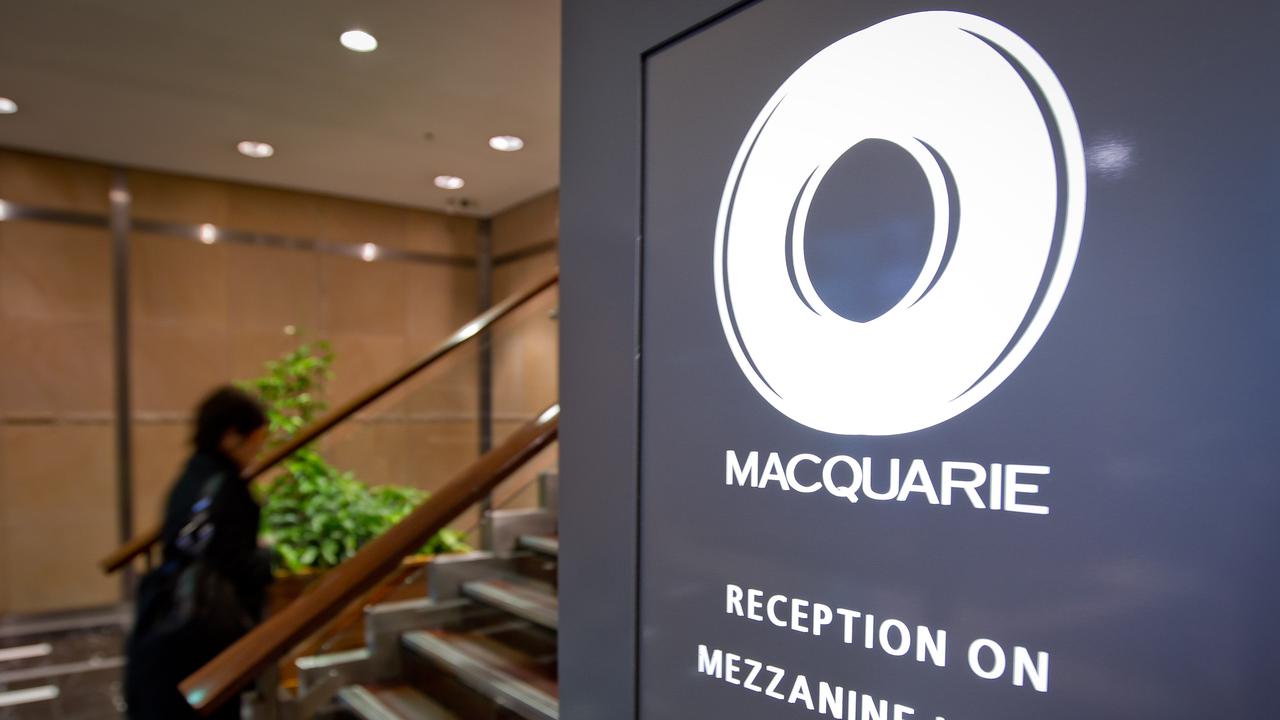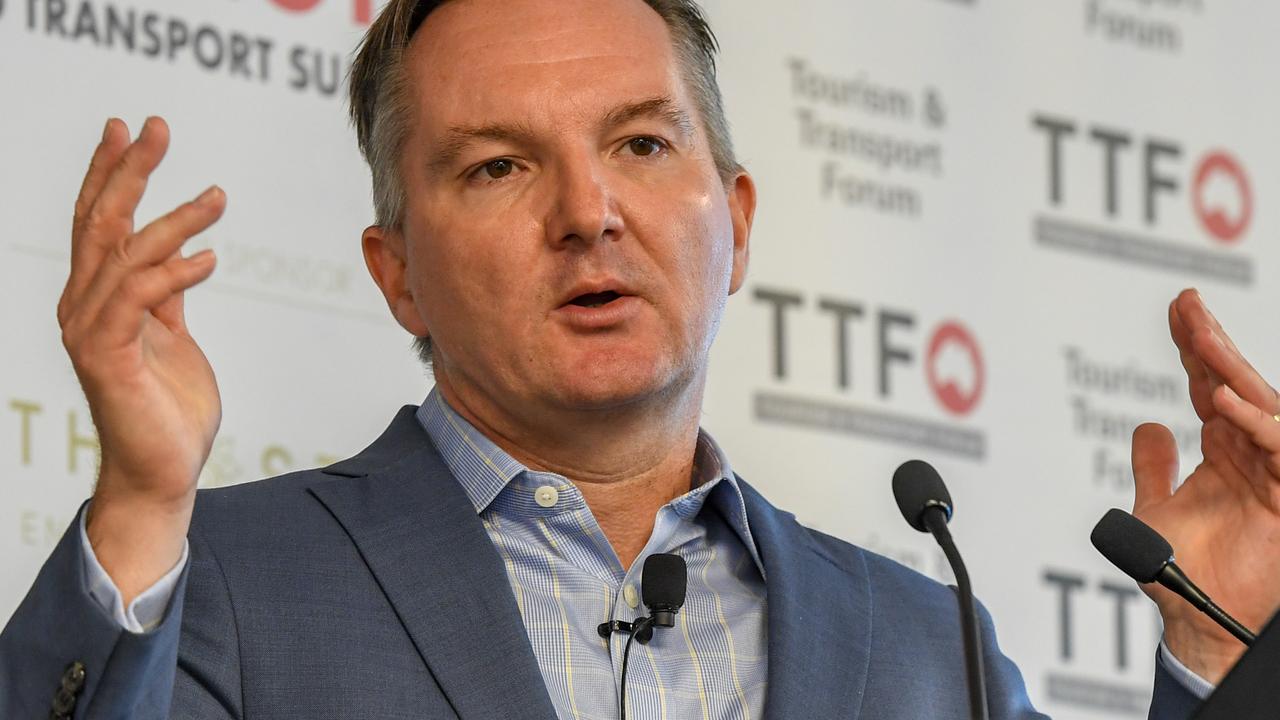End of low-rate gymnastics spooks markets despite economic growth
The weekend fall on Wall Street signals that the starters gun is now cocked to begin a very different set of scenarios.

This fundamental change may not be a fast process and there will be sharp fluctuations both up and down. But, unless there is an unforeseen event, (like an increase in military hostilities) the new underlying forces will not change.
At the forefront of the fundamental change I believe we are witnessing is the beginning of the end of one of the silliest institutional games I have ever seen — the ultra-low interest rate gymnastics. At the start of last week there were negative interest rate European and other country bonds totalling $US13 trillion and in the US 10-year bonds were selling at about 1.54 per cent after being as low as 1.46 per cent in August.
The global institutions have made a fortune trading this game and so many want to continue playing and so try to delay the inevitable higher US interest rates. They played a particularly twisted game last week when, on the surface, the August US labour market statistics showed a rate of growth that signalled interest rate increases should be delayed.
But in reality that was a contrived conclusion because there was a significant rise in the number of highly paid American workers who retired. Once you eliminated those early retirements, wages growth was roughly on track. I don’t know whether official US interest rates will rise in September or December but by not looking deeply at the August labour statistics the US institutions had placed their heads in the sand.
So when Federal Reserve Bank of Boston president Eric Rosengren, who had previously advocated keeping rates low, said at the weekend that “a reasonable case can be made” for tightening interest rates to avoid overheating the economy the “low rate” institutions started to realise their game was over.
The yield on the 10-year US Treasury note climbed to 1.671 per cent — a 14 per cent rise from the August low. That has created significant losses for some US institutions.
There are now signs that the European economies are starting to recover albeit very slowly. (Although another Greek or Italian crisis interruption is always possible).
Accordingly, at the weekend, helped by the US trend, German 10-year government bond yields turned positive for the first time in many months.
The fall in bond prices that deliver the higher yields create significant losses for those investing in bonds. The fear of flow-on if these losses become big, plus the higher yields that the share market would require if US official rates rise, was behind the weekend Wall Street share market fall.
However, there was no collapse because few are expecting big overall interest rate jumps and we could easily see a bounce back. But any bounce back will not alter the new basic trend.
Goldman Sachs say that not only is the destructive global debt deflation cycle drawing to a close but that it won’t be long before banks and other financial institutions begin to accelerate leverage and increase the velocity of money. Goldman Sachs says as part of these approaching trends, there has been a rise in the price of industrial metals.
We are not on the brink of any global boom but any turnaround along the lines Goldman Sachs are predicting will have important repercussions over a wide area of securities.
And so a couple of increases in the US Federal Reserve cash rate would send bond prices into an even greater spiral and trigger greater losses. If the European negative interest rate game being played by so many institutions was curbed then bond losses would again be severe.
Those that have dangerously increased the credit rating and other risks in their portfolios to gain yield are vulnerable.
The good news for Australia is that if there is global economic upward momentum then resource exporters would maintain or increase their current higher revenue. But we are also very dependent on China getting through its problems.
Nevertheless, in line with this sentiment the best Australian performer last week was the materials sector, which rose 2.3 per cent. South32 led the gains by rising by 12 per cent.
Over the weekend the Australian dollar fell, partly because the prospect of higher American interest rates pushed up the US dollar. If we assume Australia has not finished its rate-cutting cycle then that weakness may be maintained.
But the higher-than-expected Australian GDP increase last week on the back of gold exports shows that any further Australian rate cuts will be moderate. And if world growth is rekindled, albeit not dramatically, and that trend holds or increases, commodity prices then the Australian dollar is likely to hold its ground or rise.
The accompanying graph prepared by CP Economics illustrates the close long-term link between our currency and global commodity prices.
Most importantly, the Australian share market is very much orientated towards yield and any rise in global interest rates would adversely affect our shares unless the Reserve Bank made big rate cuts, which is not likely.
Already the trend has started, and in the last week, among high-yielding stocks, we have seen the property trust sector fall by 3.4 per cent with Scentre Group falling 6.1 per cent and Charter Hall Group 4.1 per cent.
But other high-yield stocks like Telstra, Sydney Airport and Transurban have also had a hard time as have the banks. Accordingly, Australian share portfolios oriented to income are already being affected by the prospect of higher global rates.
Obviously I can be wrong but, because I don’t think the overall US rate rise is going to be spectacular, so the damage will be on the margin unless the bond losses damage global capital flows.
Hear from Alan Kohler, Robert Gottliebsen, Stephen Bartholomeusz & John Durie at a special member Q&A. Find out more or book tickets here.




The weekend fall on Wall Street signals that the starters gun is now cocked to begin a very different set of scenarios for investing in Australia and around the world.